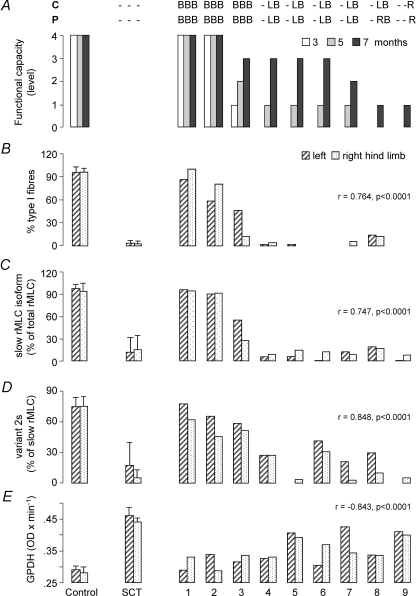Figure 6. Correlation of data from behaviourally tested functional recovery and expression of selected phenotypic markers of SOL muscle.
Muscles were obtained from anaesthetized animals 1 month after the last test of functional recovery was passed, 8 months after the intervention for SCT and OEG transplantation. A, results from behavioural tests (contact placing, C, and proprioceptive, P, responses) performed 3, 5 and 7 months after the intervention, as reported previously (Ramon-Cueto et al. 2000). B, L and R refer to detection of recovery in both, left or right hind limb(s), respectively. B, percentage of type I fibres assessed by immunohistochemistry. C, proportion of slow rMLC from the whole rMLC complement, obtained from densitometry of Coomassie blue-stained 2D electrophoretograms. D, fraction of the less acidic isoelectric point variant (2s) from the slow rMLC isoform, obtained as in C. E, mean glycerol-3-phosphate dehydrogenase activity (GPDH) determined by quantitative histochemistry. Data for left and right hind limb muscles of control (C, sham-operated animals, n = 8) and SCT-rats (n = 11) are means ± s.d. of all animals of the group. 1–9 refer to the individual muscles of the group of rats with completely transected spinal cord that received OEG transplants, ordered from best (1) to worst (9) recovered according to previously published scores from functional tests (Ramon-Cueto et al. 2000). A is a modification of Fig. 1 from the above-mentioned reference. The correlations of these parameters with the scores of functional capacity (as assessed by means of behavioural tests) are indicated together with the statistical significance of the observation.

